I made us backtrack for this. I insisted that we add over a week in Ecuador and over 18 hours of winding back country bus rides for this. This was my mantra as I forced my exhausted, sweaty, sunburned body up and down canyons over three days. I have no one to blame but me.
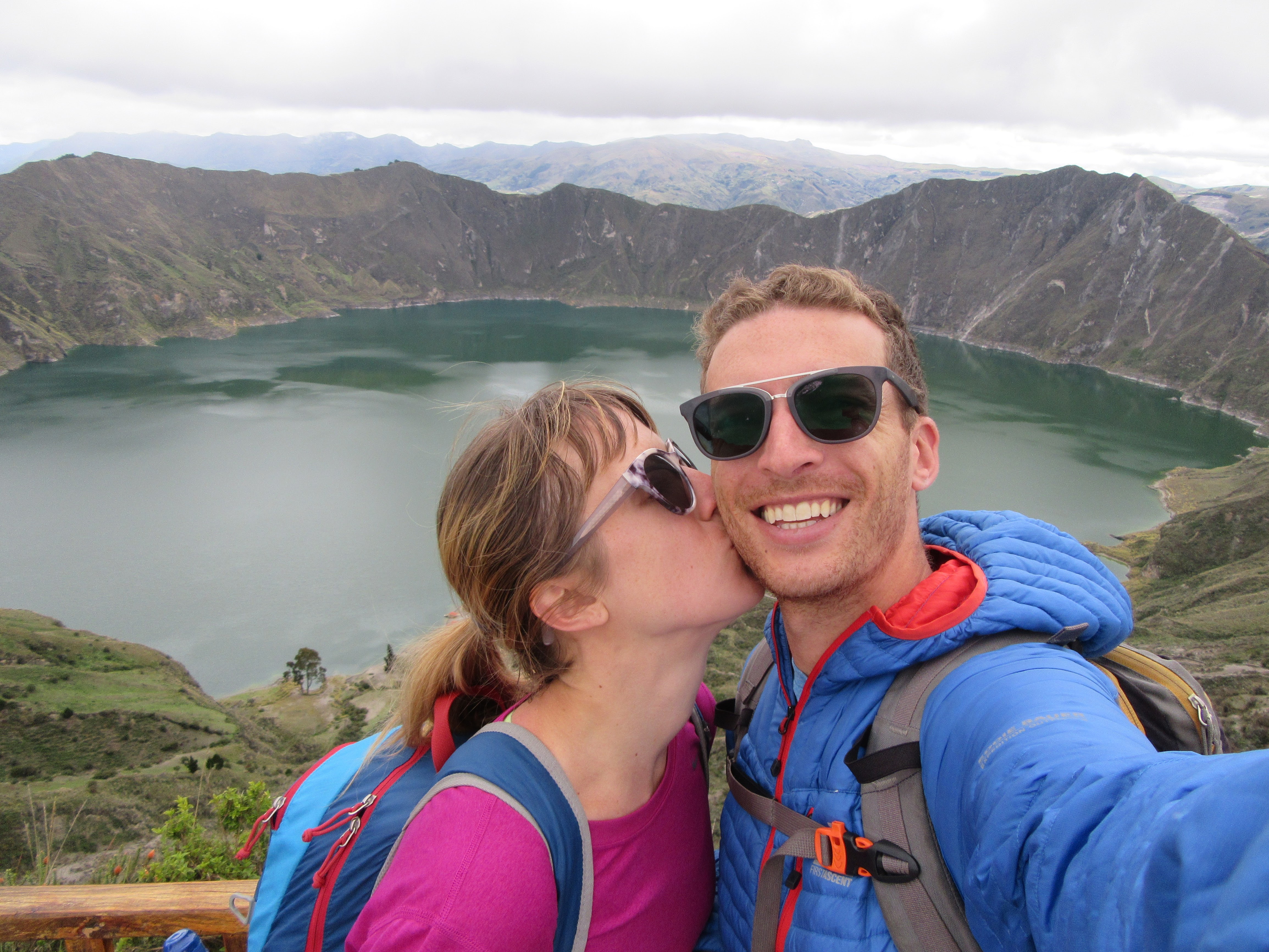
The Quilotoa Loop is another check box on the backpacker guide to Ecuador. It is a three day hike from a small village hostel to the next which can either end or begin in a beautiful high altitude crater lake. After the Galapagos, we doubled back to the north of the country to complete this classic set of Andean day hikes. Eric and I decided to take the “downhill” route which starts at the lake and then continues to the towns of Chugchilán, Isinlivi and Sigchos. I had done oodles of research while making our way back north. I knew to drop off our big bags at our hostel in Latacunga. I knew to prep snacks and water for each day along with three changes of clothes. Most importantly, I knew to bring warm gear because the Quilotoa Loop is cold. “Bitterly cold” was the phrase that came up most often in guide books and travel blogs. Eric and I picked up wool hats and gloves in Riobamba and additionally I brought a pair of leggings to wear under my hiking pants. With my day bag crammed full of the warmest clothes I own on this side of the equator, we set off on our trip.
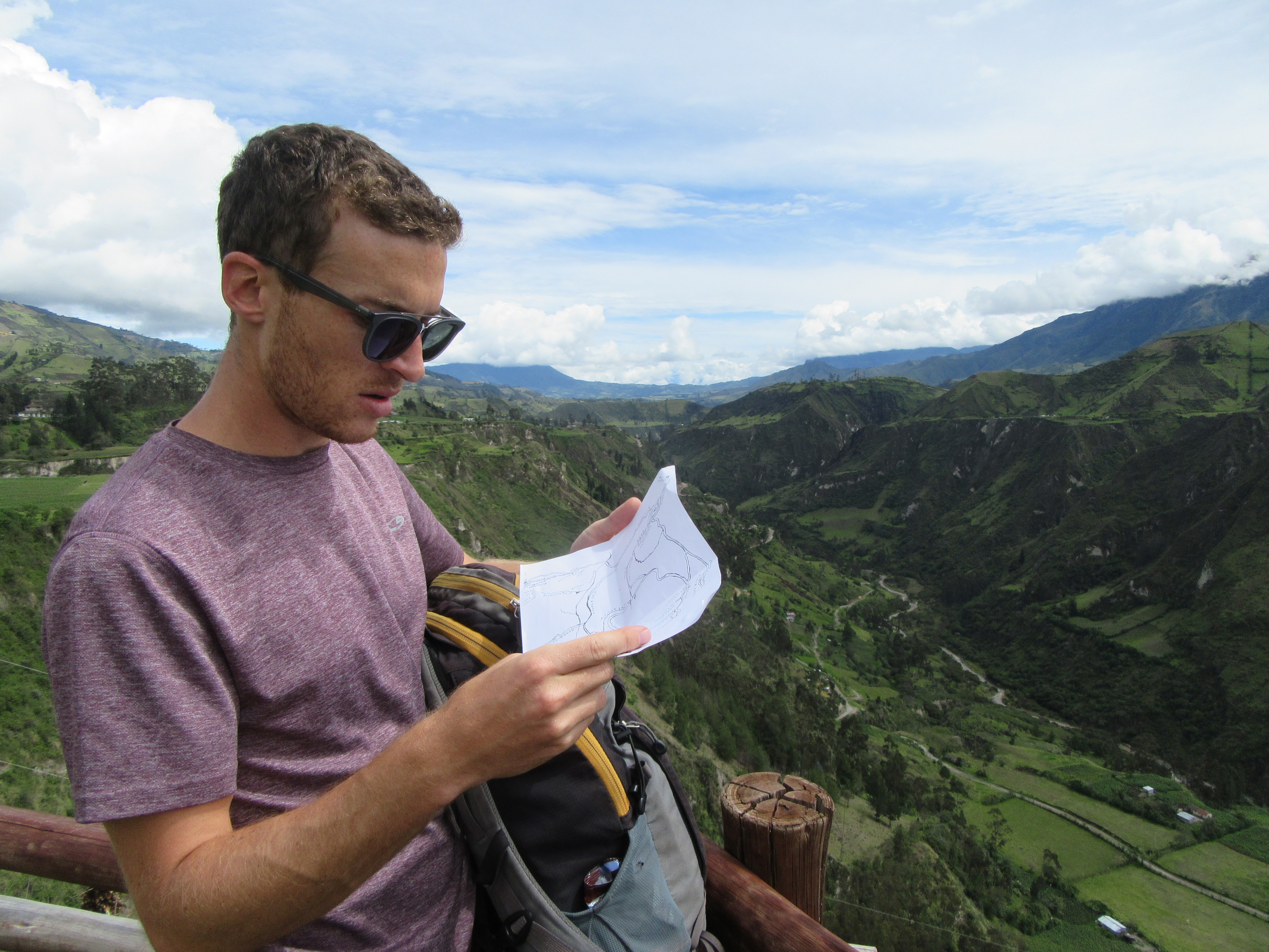
The first day started with a two hour long 9:30 AM bus ride to the lake. It was a dramatic start to our adventure at 12,841 feet. The lake is in a two mile wide caldera formed after a volcanic explosion 8000 years ago. The lake is 820 feet deep and is an unusual acid greenish color. It was overcast on the day we arrived; reportedly the lake looks teal in the sunlight. After taking photos at the top of the caldera, we began our hike down to the lake. We walked about halfway down before we stopped ourselves. What where we doing taking on an additional steep trek? Did we not have 14 km of hard hiking to reach Chugchilán by nightfall? Eric and I ate a lunch of raisins and peanut butter crackers overlooking the lake before starting our trek.
The beginning of the route hugs the lip of the caldera walking up and down the steep spines. The trail took us about halfway around the lake before veering down the trail. Here Eric and I passed the poor shmucks who decided to end their hike at the lake. It’s a rough uphill battle at the end of three full days of hiking. Despite this, we never saw another hiker going our direction which gave the hike a feeling of solo exploration. It also allowed us to get super lost. More on that later. The opposite direction hike was by no means easy.
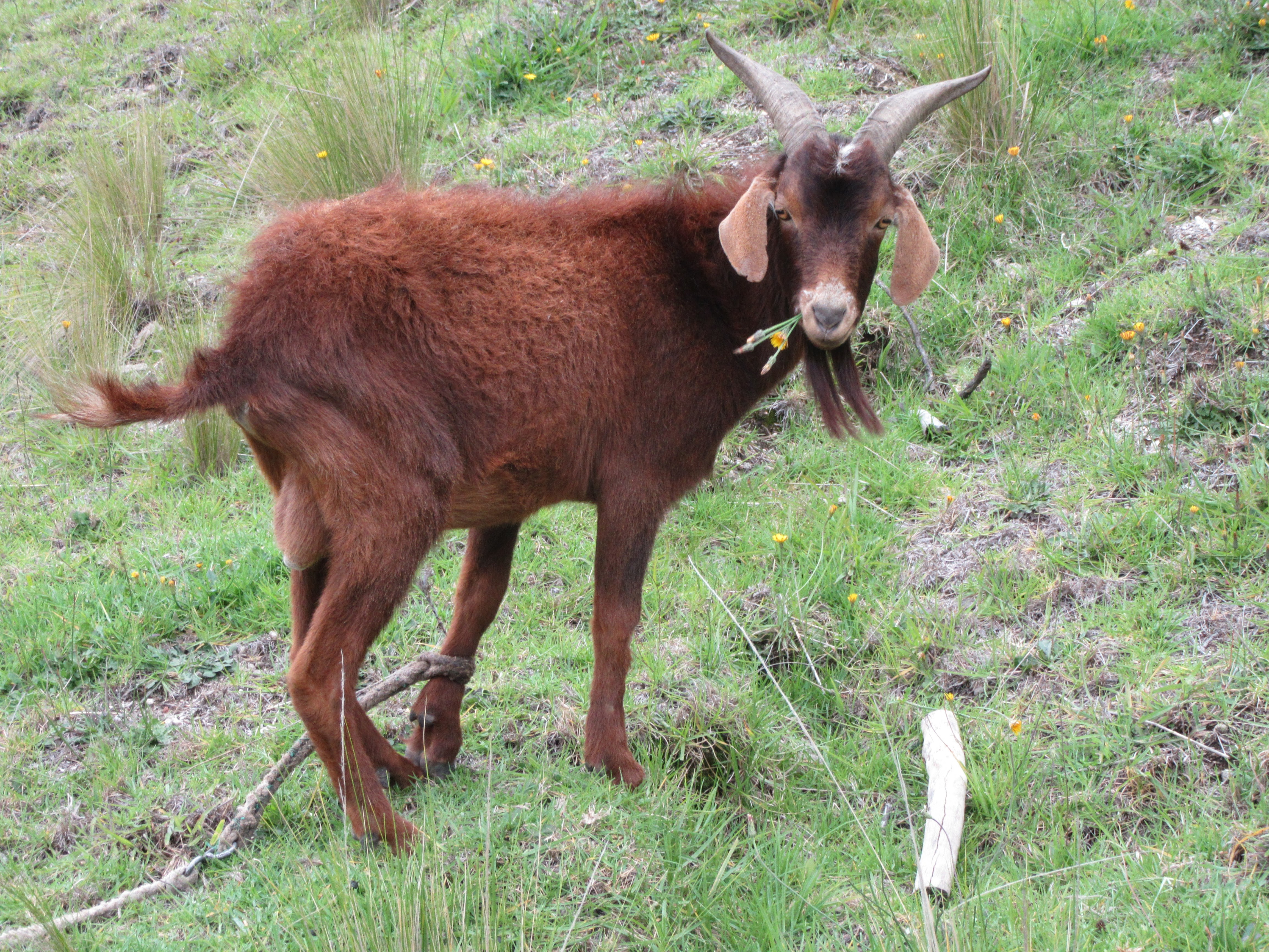
Steep downhills had Eric and I inventing a new mantra: “I am not a goat.” You use this by muttering it under your breath as you twist your ankle down a tight two foot drop but it can be adapted to any hiking; use your discretion. Each of the days’ hikes went like so: start at the top of the canyon, slip to the bottom, cross the river and then toil back up the other side of the valley. Perhaps this is a good time to discuss the weather? It is the wet season in Ecuador and every day was hot. Around 75 in the intense equatorial sun. There was very little shade (T-God I brought my wool hat instead of my baseball hat) and I would sweat though the long sleeve shirts I brought almost instantly. Thanks for nothing fellow travel bloggers! If there is anyone out there reading this not directly related to Eric and I, please be advised the Quilotoa Loop in February is hot, so leave the wool gloves at home.
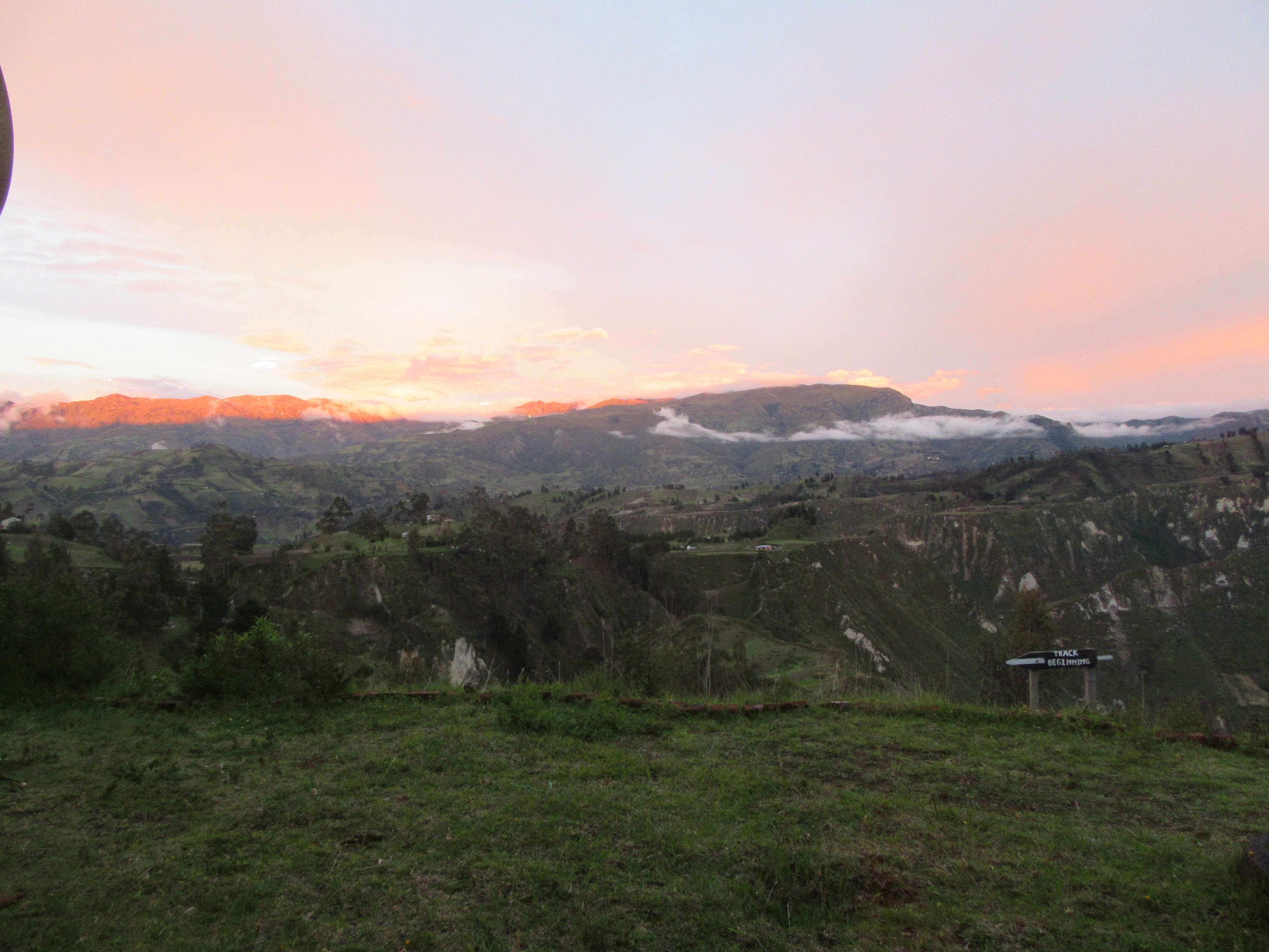
At the end of our first day, we stumbled upon a classic bit of Ecuadorian trail maintenance. It seems that the neighboring village was jealous of all the tourist money Chugchilán was receiving and decided to sabotage the trail and wipe it our with a landslide. Well congrats guys. You did it. Of course your average doing-the-loop-the-wrong-way-without-a-map hikers didn’t know about this and were forced to cross an unstable mud slide about 150 feet above the valley floor. It was no Touching the Void feat of endurance but I managed to make a jump I shouldn’t have attempted all while insisting that I wasn’t a goat.
We made it to Chugchilán exhausted. There was only one other couple at our hostel—French, unnaturally attractive and of course going the other way— we chatted for a while after dinner (gas inducing quiche) and went to bed early.
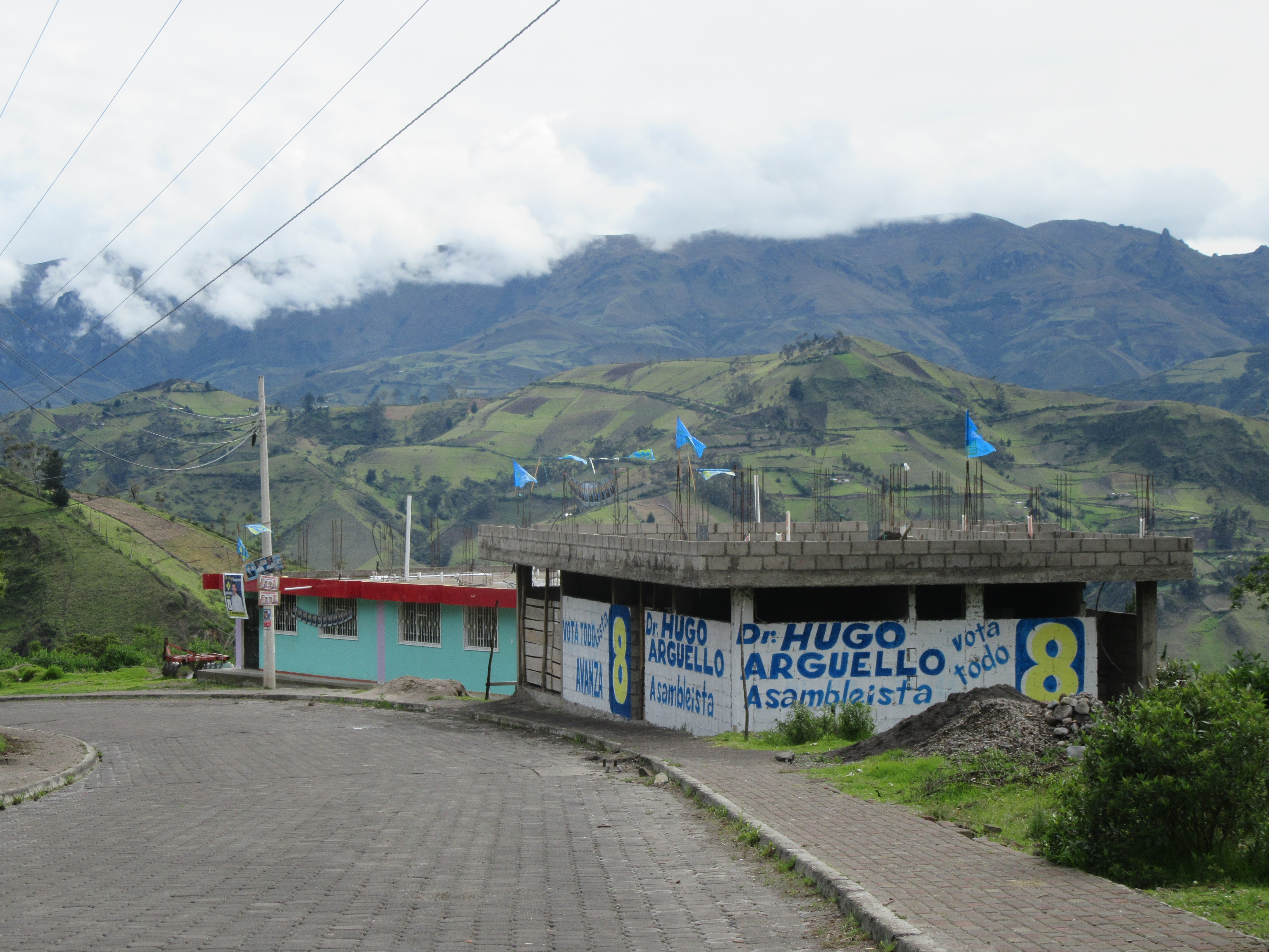
The second day started easily enough. The route between Chugchilán and Isinlivi is 12.5km down and up the valley. The day began pleasantly enough; we decided to take a longer route down the valley to cut down on trail steepness. I was tagged by some local kids with a big bucket of ice water (hello, Carnaval!) but the sun was out and luckily Eric was holding on to the camera at that time. Once we made it to the bottom of the river we crossed a rickety suspension bridge and started heading up the other side. There was only one clear path up and we began to slog up the trail. Things started to get suspicious when we had climbed for over a half an hour without seeing any spray painted trail markers. The path was increasingly steep and muddy, twisting up crevasses in the rocks. We argued a bit about whether we should turn back but the decision was made that this path had to meet back up with the road, after all there where no other trails after the bridge. We continued for another hour as blisters the size of Ecuadoran 50 cent pieces grew on my heels. As we reached the top we looked around to see…cows. About five cows in a mountain top pasture. The trail we just completed was developed for the beasts to go down to the river to drink. Time to add cows to the list of animals fitter than me.
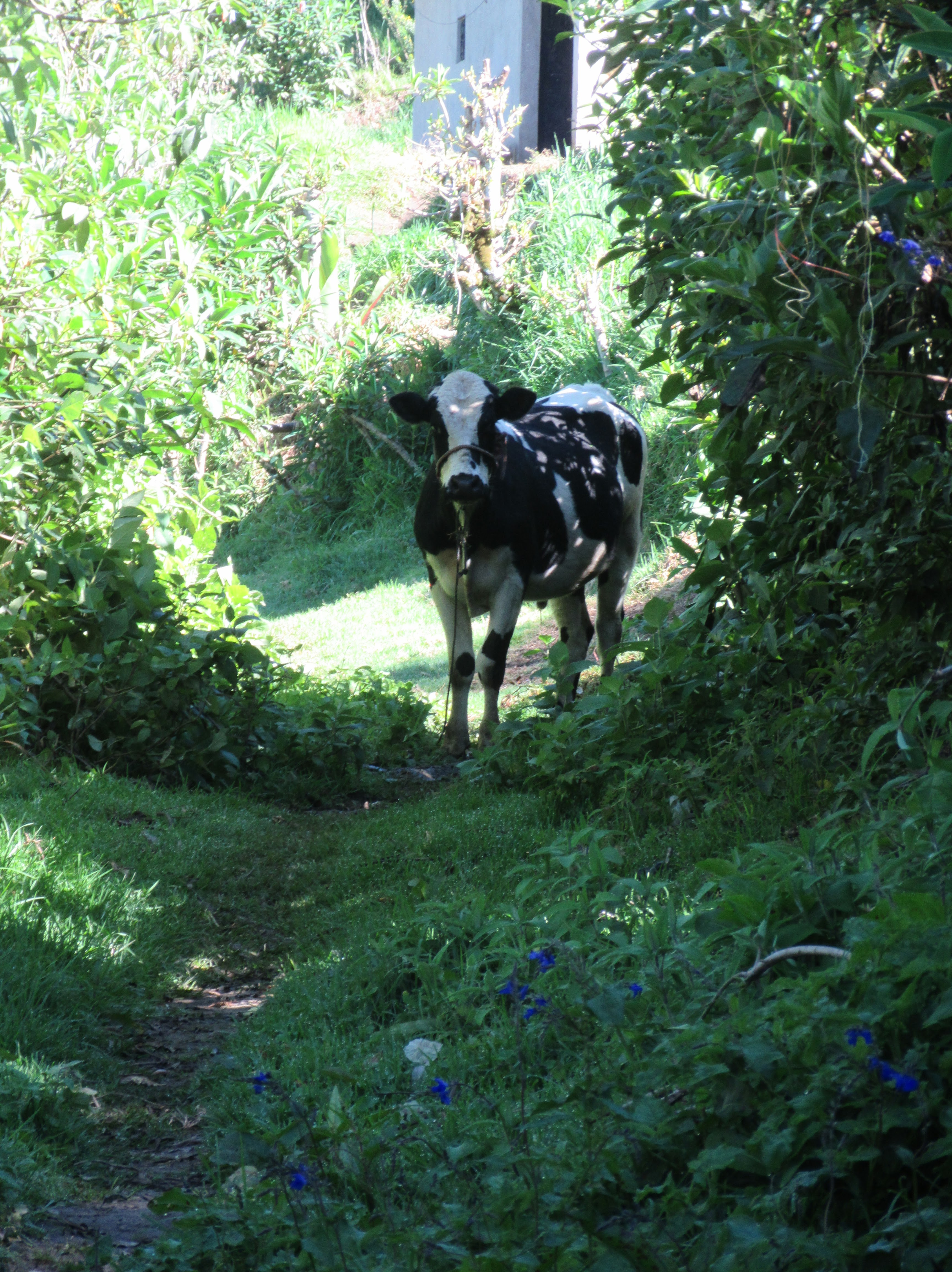
It took about 40 minutes to backtrack down to the river and recross the deathtrap bridge. Upon future inspection I realized that the yellow crosses on the broken planks meant “do not cross” instead of “keep going”. We limped down the river another kilometer or so to see the correct bridge, a tree that had been pushed over the river. Ah, of course. We made it to the hostel that night cranky and exhausted, but at least knowing the hardest part must be over and that we had only one more day.
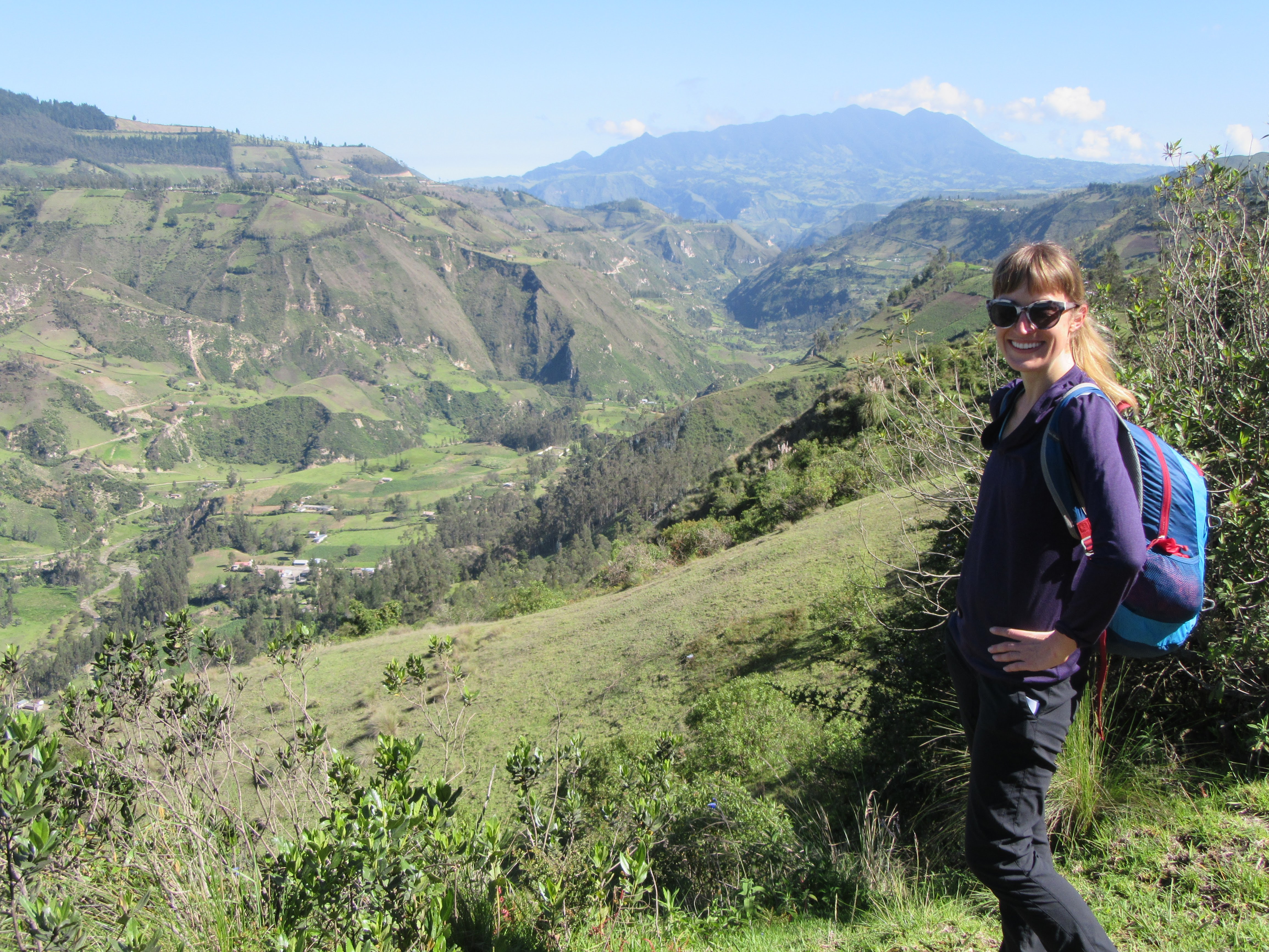
The final day was the shortest and easiest. We were given step-by-step instructions by the hostel, who was shocked that we had made it as far as we did without a map of any kind. Sigchos was only 10km away over mostly flat ground. This was a blessing as my blisters weren’t doing me any favors. Other than a few animal roadblocks (cute llama and pigglets, scary feral dogs) we made it easily to Sigchos. Ecuador wanted to prove that nothing was easy after all as we had to fight for a spot on a bus back to Latacunga. It was election day so the buses left whenever the driver thought they were full, even if that was ten minutes early and two confused westerners had already bought tickets.
Despite everything I just moaned about, I am grateful that we took the time to hike the Quilotoa Loop. The green, lush scenery of the Andes was incredible and what’s a good story without a little suffering?
Be sure to watch the condensed hike on No Keg to Stand On’s YouTube channel guest-staring a cow!
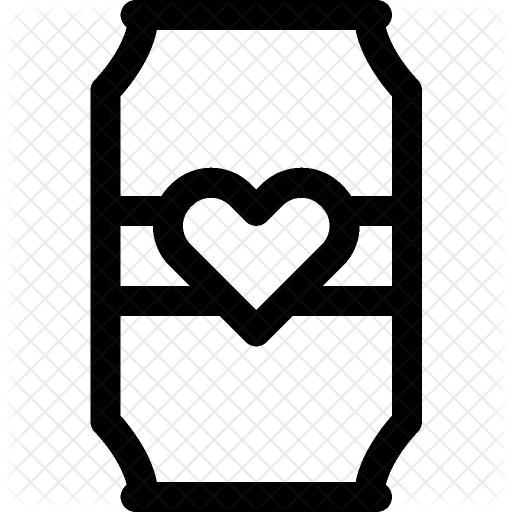
Wow! You guys are going to be very fit when you get back, and also likely very callused from all your blisters. Thanks for sharing your adventures.